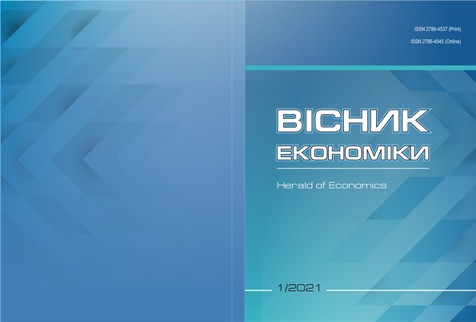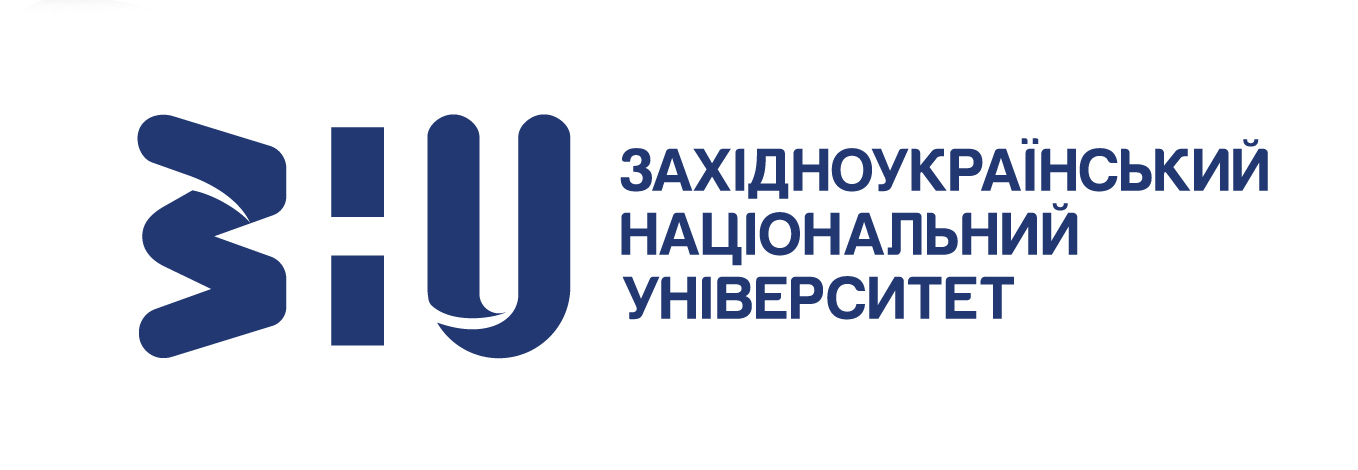Public-private partnership in the field of training of qualified personnel: current state and main directions of development
DOI:
https://doi.org/10.35774/visnyk2025.01.161Keywords:
qualified workers, specialists, state and private educational institutions, public and private institutions, labor market, workforceAbstract
Introduction. Today, the task of monitoring the economy’s need for skilled personnel and preventing their shortage remains relevant. It is necessary to constantly pay attention to the training of the necessary personnel by educational institutions, both state and private. The issue of training qualified personnel in conditions of their shortage is of particular relevance, as the availability of a qualified workforce will be the key to the recovery of the national economy and its security in the future.
The goal of the scientific research is to assess the current state of training qualified personnel for the national economy, to identify trends in the cooperation of public and private institutions in the field of training specialists, and to determine the main directions of its development for the future.
Research Results Ukraine today possesses extensive capabilities for training skilled workers and specialists. Educational institutions, whether state-owned, communal, or private, are involved in this process.
In modern conditions, the consumers of the products of higher and higher education institutions are not only state authorities and local self-government bodies, but also private companies and enterprises, which bear almost no costs for their training.
Cooperation between state and private institutions should be carried out through the conclusion of appropriate agreements between educational institutions and employers, and the maximum introduction of dual education, especially in the training of future teachers, doctors, engineers, builders, transport workers, agrarians, and service specialists.
The scale of training qualified personnel should be regulated by state and local authorities through the development of sectoral and regional labor force balances and licensing of educational activities.
Conclusions. In the context of a demographic crisis and a shortage of labor, particularly skilled labor, public and private institutions must actively monitor the labor market and analyze its trends. The interaction of public and private institutions in the field of training qualified personnel lies in the close cooperation of educational institutions of various forms of ownership with business structures, primarily in the practical training of future specialists. An effective tool for determining the need for qualified personnel can be the balance of the workforce (regional, sectoral) that can serve as a prototype for local labor resource balances. To address the shortage of personnel, it is worth restoring the system of job placements for graduates who studied under state orders. It is advisable to develop a system of measures to support educational institutions that quickly respond to the shortage of specialists in certain specialties. It is necessary to develop a system of motivation for organizations and enterprises that contribute to dual education and accept graduates for practical training.
Maximum attention should be paid to the digitalization of the educational process, which will contribute to the training of competitive personnel and the integration of Ukraine into the European community.
References
Gubanova, T. (2019). Derzhavno-pryvatne partnerstvo u sferi osvity i nauki Ukrayiny: normatyvno-pravova kharakterystyka[Public-private partnership in the field of education and science in Ukraine: A regulatory and legal characteristic]. Pidpryiemnytstvo, gospodarstvo i pravo – Entrepreneurship, Business, and Law, 6, 220-224.
Dmytryshyn, M. V. (2019). Osoblyvosti publichno pryvatnoho partnerstva u sferi vyshchoyi osvity Ukrayiny[Features of public-private partnership in the field of higher education in Ukraine]. Ekonomika, finansy, pravo – Economics, Finance and Law,11, 15-18.
Zatananets, T. H. (2019). Transformatsiya napriamiv vzayemodiyi derzhavy ta pryvatnoho sektora u sferi vyshchoyi osvity v Ukrayini [Transformation of the directions of interaction between the state and the private sector in the field of higher education in Ukraine]. Finansy Ukrayiny – Ukrainian Finance, 1, 68-79.
Ilnytskyy, D. (2015). Naukovo-osvitne derzhavno-pryvatne partnerstvo – zaporuka mizhnarodnoyi konkurentospromozhnosti[Scientific and educational public-private partnership – a guarantee of international competitiveness]. Zhurnal yevropeyskoyi ekonomiky – Journal of European Economics, 14(2), 128-148.
Lyakhovets, O. O. (2014). Derzhavno-pryvatne partnerstvo u vyshchiy osviti yak instytuciyna skladova modernizatsiyi ekonomiky [Public-private partnership in higher education as an institutional component of economic modernization]. Innovatsiyna ekonomika – Innovation economy, 4, 71-78.
Melnyk, A. F. (2017). Derzhavno-pryvatne partnerstvo v systemi instytusiy natsionalnoyi ekonomiky: mekhanizm rozvytku [ Public-private partnership in the system of institutions of the national economy: The development mechanism]. Ternopil: TNEU. 279 p.
Petruk, T. (2013). Derzhavni ta pryvatni VNZ: vzayemovidnosyny na rynku osvitnikh poslug [State and private higher education institutions: Interactions in the educational services market]. Ekonomichnyy analiz – Economic analysis, 12(1), 217-218.
Statystychnyy shorichnyk Ukrayiny v 2022 r. Derzhavna sluzhba statystyky Ukrayiny [Statistical yearbook of Ukraine in 2022. State Statistics Service of Ukraine]. URL: https://stat.gov.ua/sites/default/files/2024-02/Збірник%20Статистичний%20 щорічник%20України%202022%20рік.pdf.
Steblyuk, N. F. (2013). Derzhavne regulyuvannya pidgotovky fakhivciv u systemi vyshchoyi osvity Ukrayiny: monogr. [State regulation of the training of specialists in the higher education system of Ukraine]: monogr. Donetsk: NANU UEP. 232 p.
Upravlinnya pidgotovkoiu robitnychykh kadriv(2020): monohr. V. Brych, L. Bilous, O. Borysiak, B. Brych; za nauk. red. V. Ya. Brycha [Management of the training of workers: monogr.: V. Brych, L. Bilous, O. Borysiak, B. Breeches; for science ed. V. Ya. Brycha]. Ternopil. Ekonomichna dumka – Ternopil: Economic thought. 196 p.[in Ukrainian].



